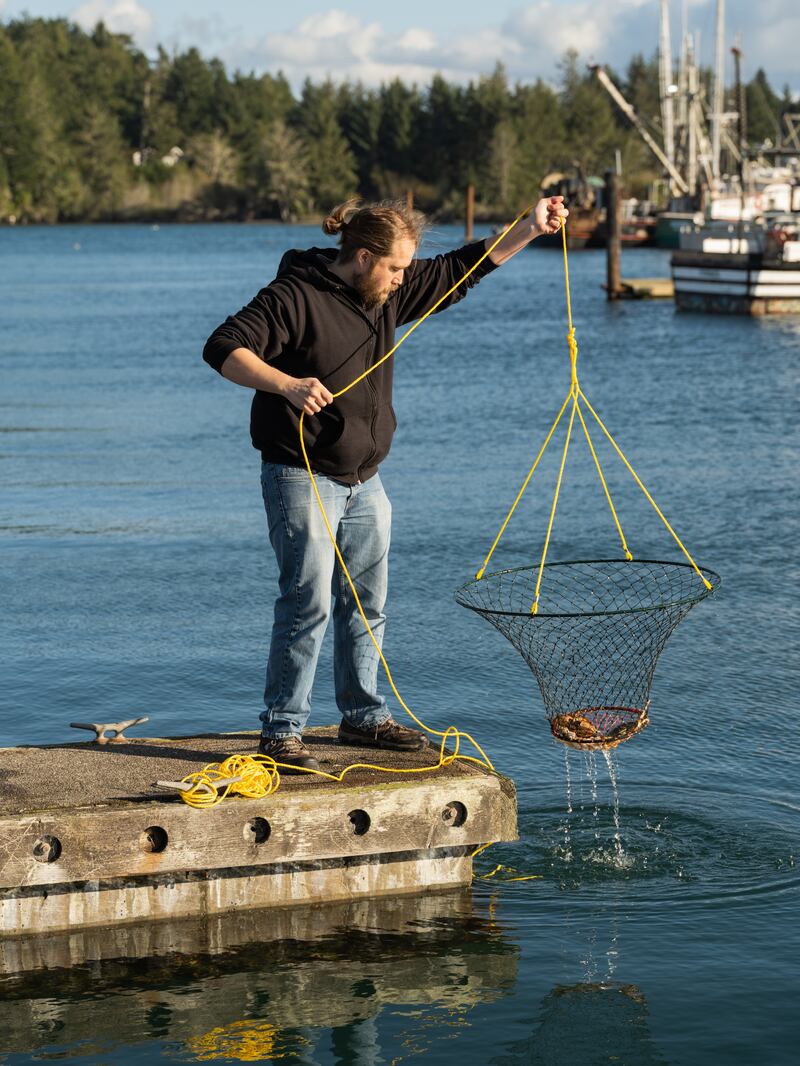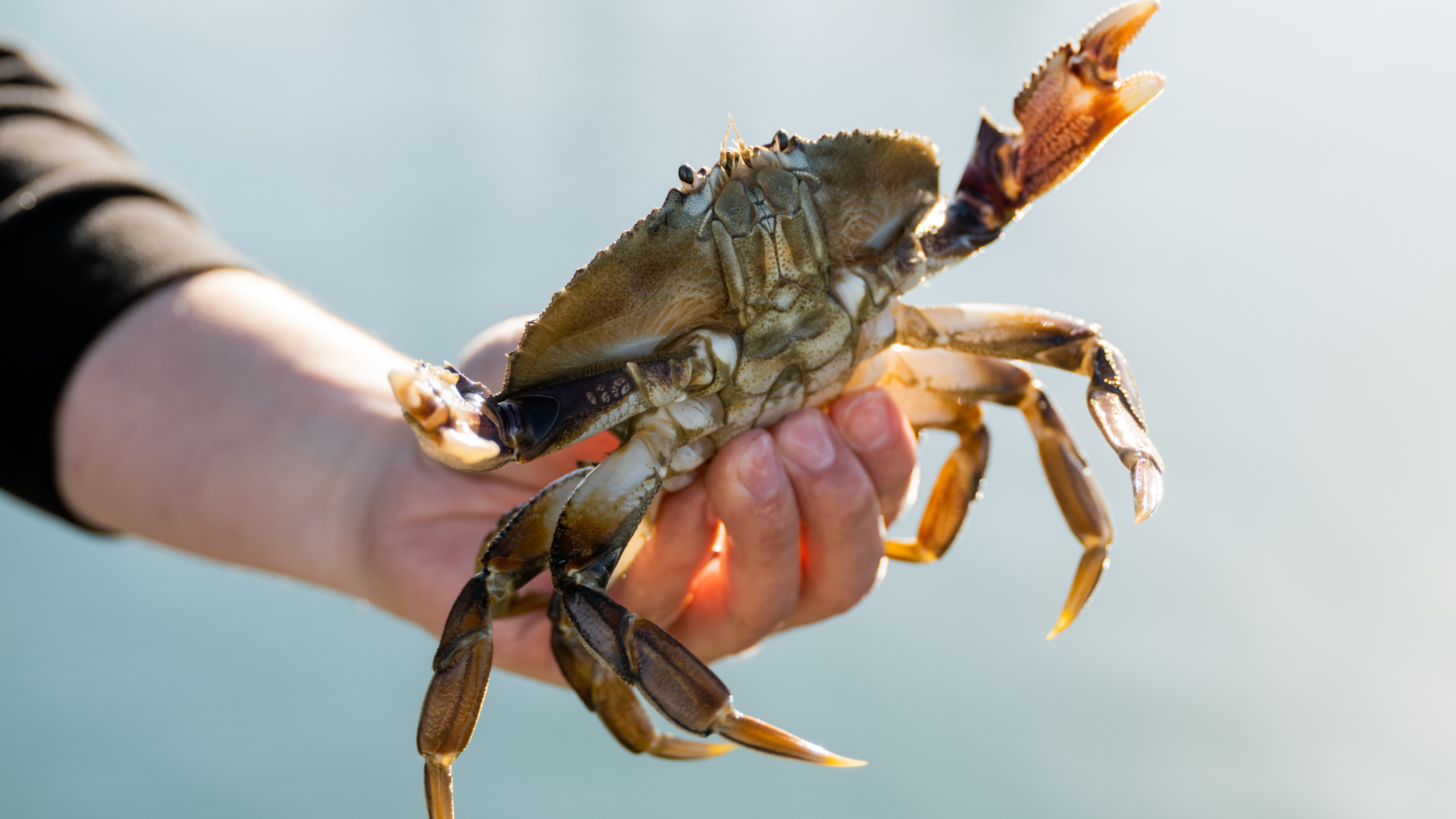We might be a little biased, but with regard to the finest-tasting crustacean, it’s really just a regional race for second place. With its light sweetness and perfect texture, the Dungeness crab reigns supreme! In our eyes, anyway. They are a core part of Oregon’s natural bounty, right alongside salmon, chanterelles, truffles, marionberries, hazelnuts and pinot noir. And pretty much anyone can go out and get them fresh from the ocean.
It is said that Oregon Coast crabbing is best in months that end with an r, meaning that fall and early winter would be the target window. However, crabbing can continue to be good deeper into winter, especially in larger estuaries or bays with less freshwater influence, like Tillamook, Yaquina and Coos.
It’s legal to catch Dungeness crab any time of year, as long as you do it at beaches, tide pools, piers or jetties. Boat crabbing tends to produce a higher yield; however, dockside crabbing is easier, cheaper and more accessible because you can toss crab pots directly from marina piers. Something to keep in mind is that the rules change once you get out on the ocean, so make sure to check the Oregon Department of Fish and Wildlife’s website (dfw.state.or.us) to find out whether crabbing season has begun, and look into state regulations to ensure you have your ducks in a row before you go. For instance, you need to know the difference between male and female crabs (females have a wider, rounder abdomen) since only the former can be kept; and how large it measures—if the crustacean isn’t at least 5¾ inches across the back, you’ll need to throw it back.
All three of the previously mentioned bay areas have a number of highly rated guide and charter options available, as well as local outfitters that can rent or sell you the equipment you’ll need to snag crabs yourself. Also, if it is your first time, fellow crabbers often hang out where the crabs are. More often than not, they will be happy to offer you a few pointers if you flash your pearly whites and ask nicely.
If you’re going it alone in Tillamook, secure the necessary supplies in nearby Pacific City at the Garibaldi Marina (302 Mooring Basin Drive, 503-322-3312, garibaldimarina.com), Wheeler Marina (278 Marine Drive, 503-368-5780, wheelermarina.com) or Netarts Bay Garden RV Resort (2260 Bilyeu Ave. W, Tillamook, 503-842-7774, netartsbay.com).

The best time of day for crabbing is during slack water, the peak high or low tide. Bring crab pots or rings, bait and well-marked buoys to any one of the well-known spots, which include the Garibaldi boat basin and launch off of Highway 101, the public piers at the south end of the boat basin, or the parking area at the end of 12th Street in Garibaldi.
Secure the bait (fresh is best) to the gear, tie the end of your line to the dock, and toss the pot in the water. Take care to position your pots or rings in a way that does not interfere with boat traffic. You’ll want to let them rest for at least a half-hour and typically no longer than two. Then pull those bad boys up, and if the oceanic powers that be deem it so, you’ll be the belle of the ball come supper time.
On the Central Coast, Newport has been called the “Dungeness Crab Capital of the World.” That’s high praise, but it’s also hard to argue with. You can put that claim to the test yourself at the Port of Newport public fishing pier by South Beach, or the piers of Abbey Street and Bay Street from the Historic Bayfront.
If you’re all the way down south in the Coos Bay area, the small fishing village of Charleston is heaven on earth for dock crabbing. You can throw pots from any of the commercial piers, as well as the Charleston Welcome Center and the T-docks south of the South Slough Bridge.
And there you go. Now clean and cook your catch, open a bottle of the aforementioned pinot noir, and let your Oregon flag fly!

